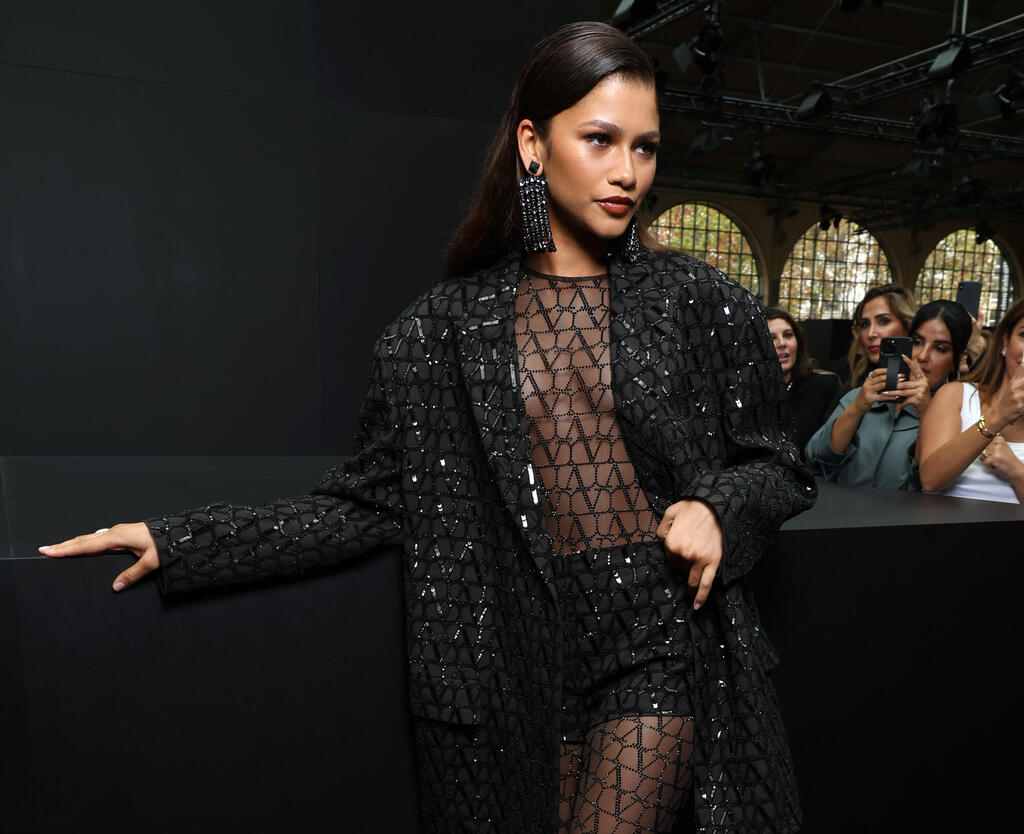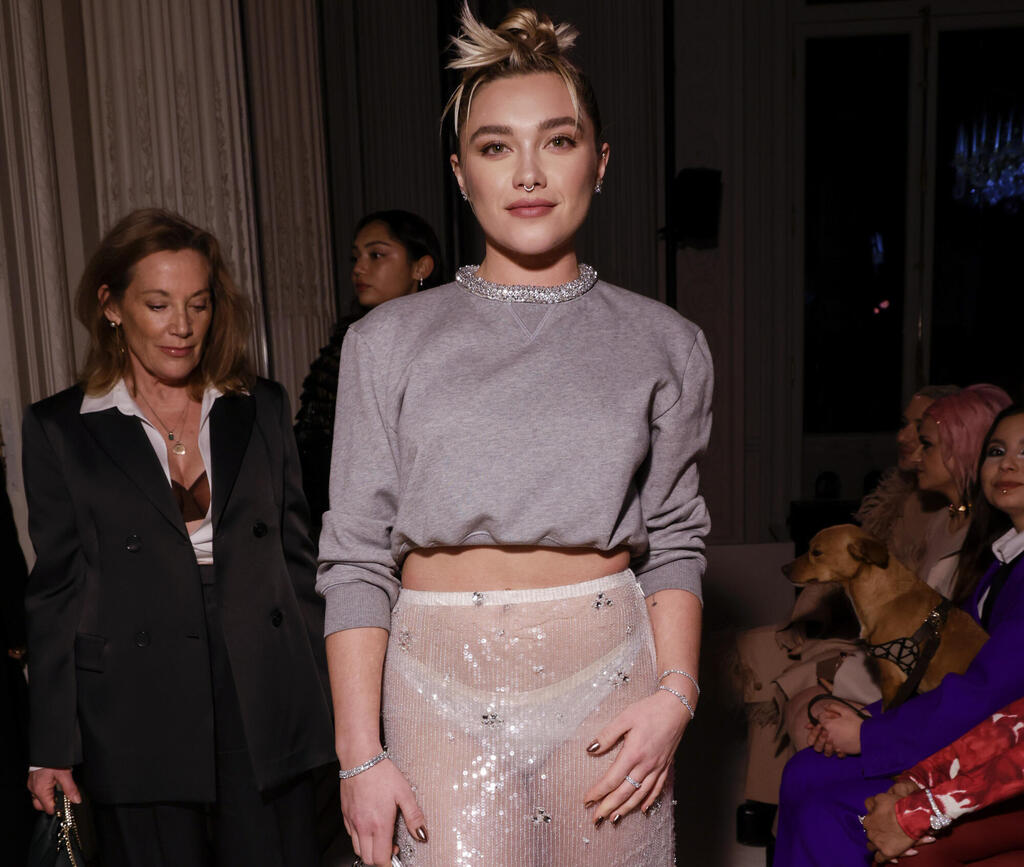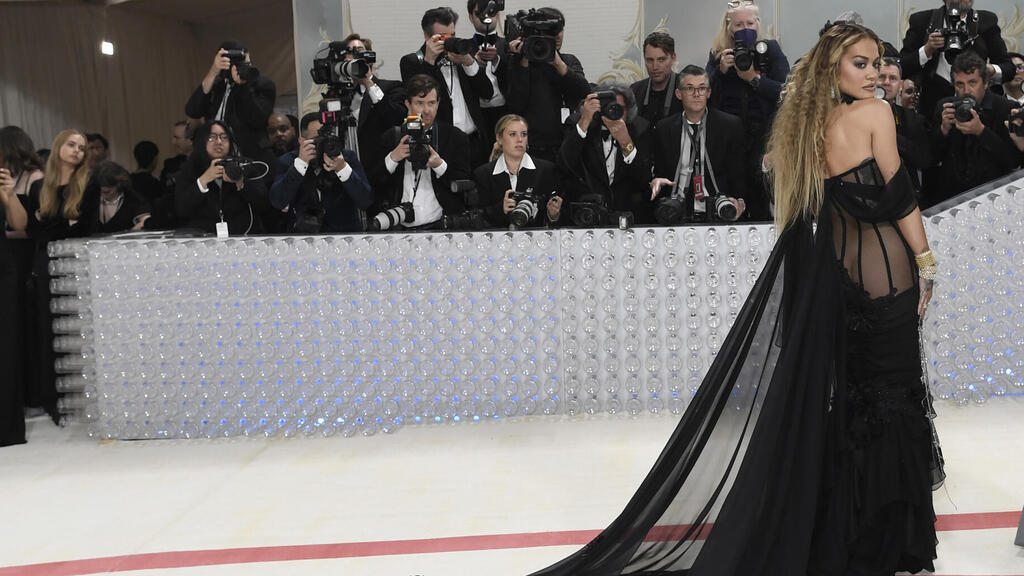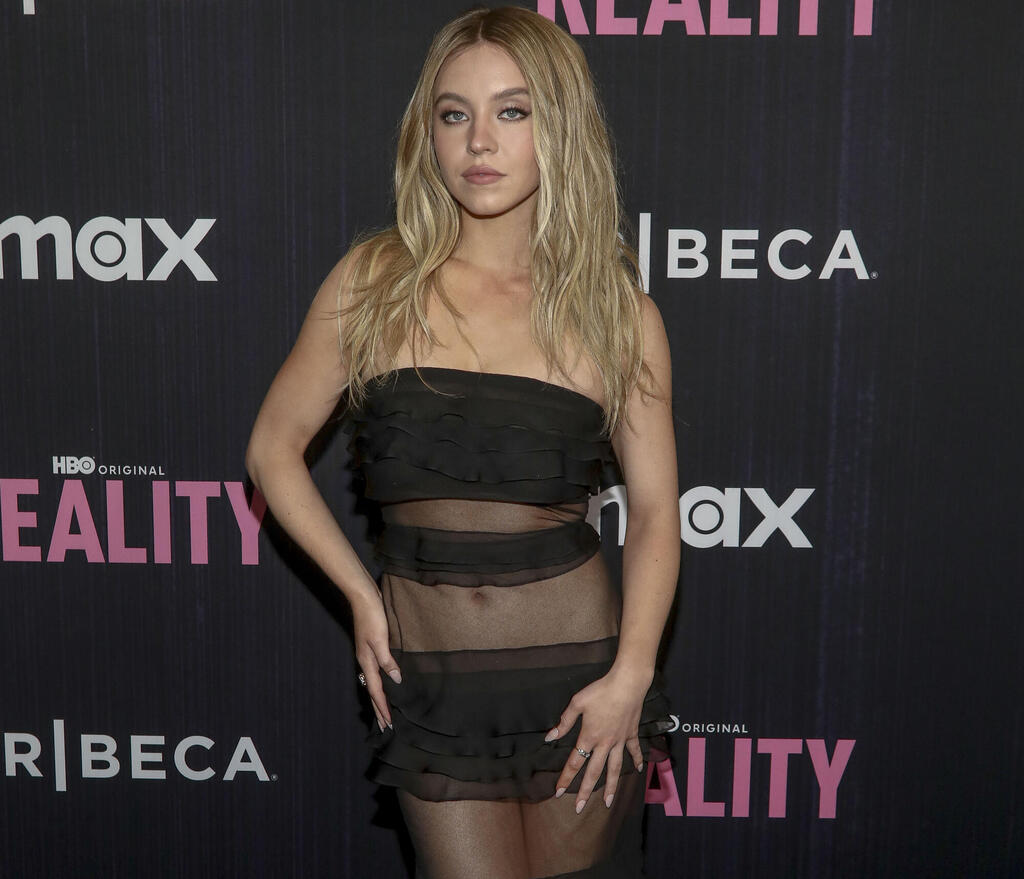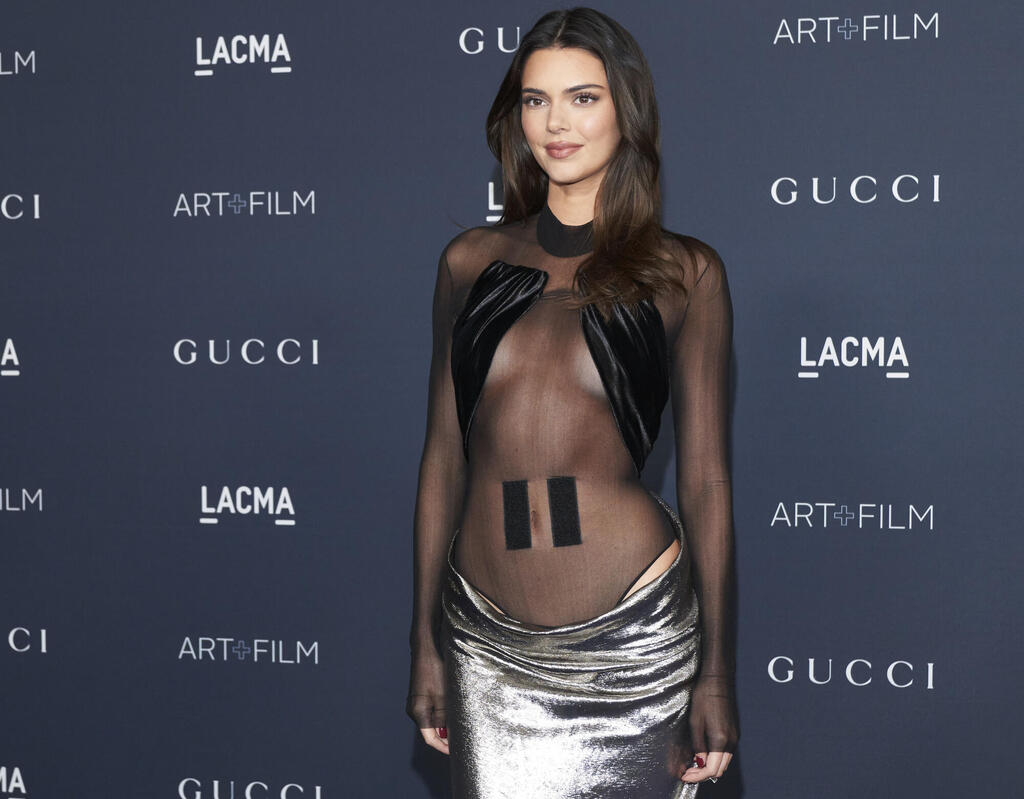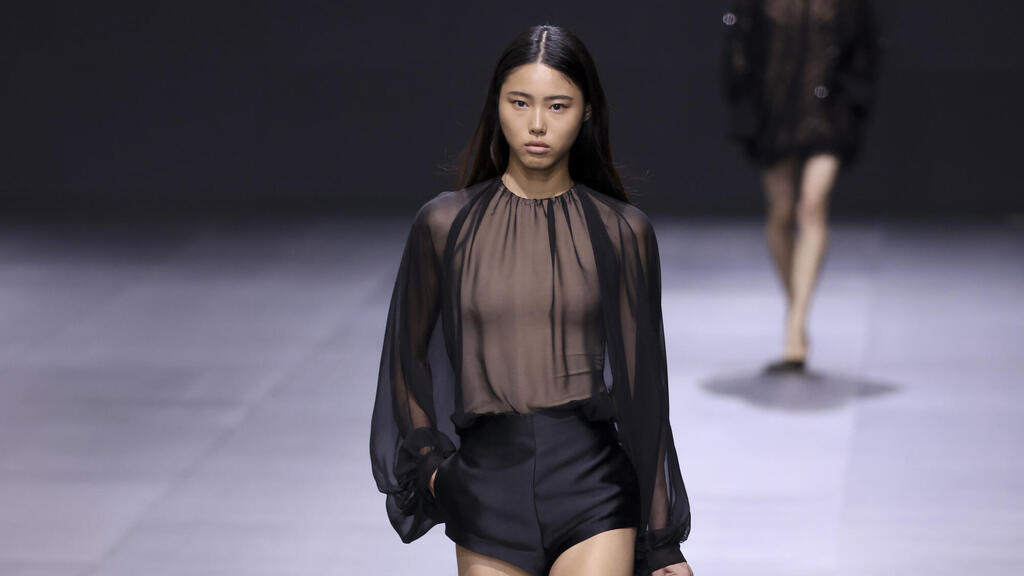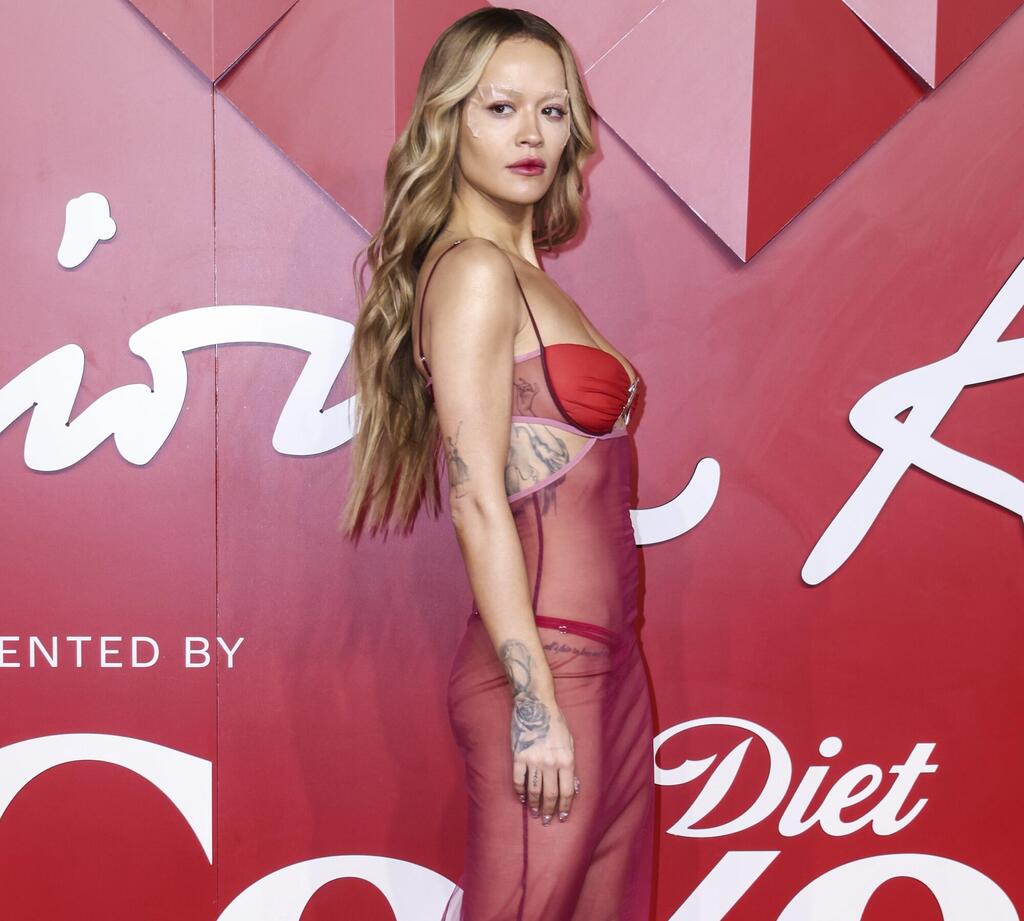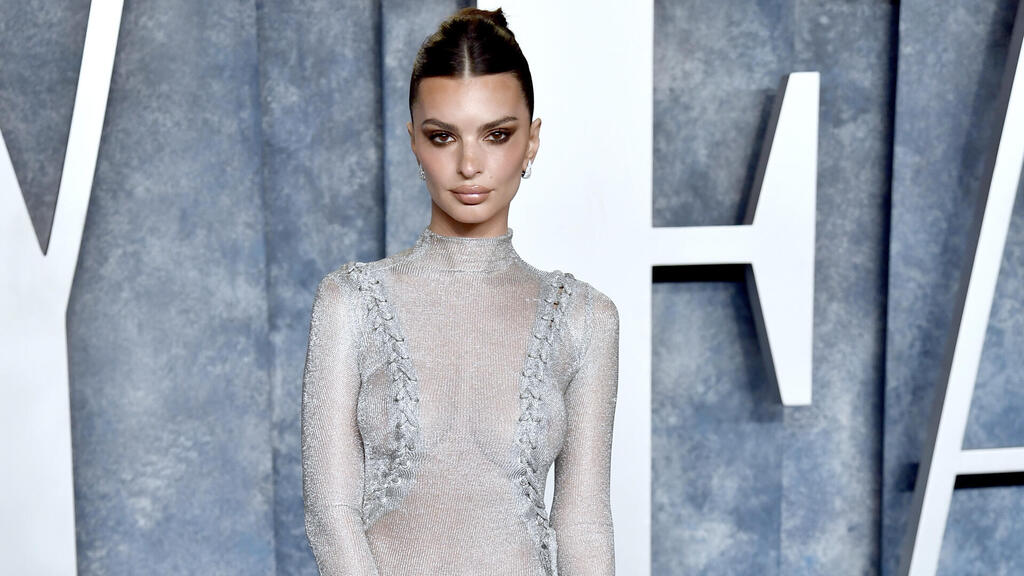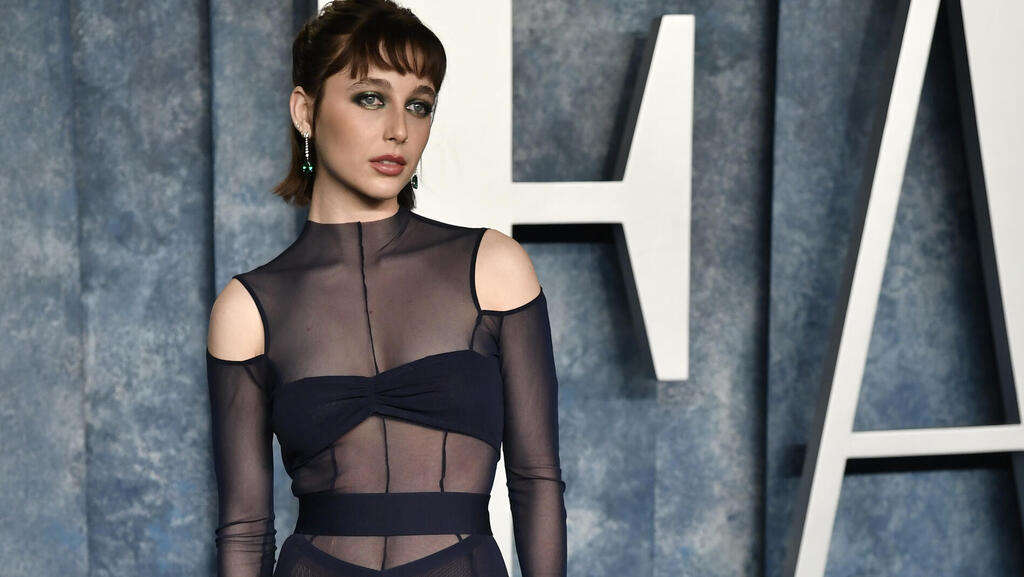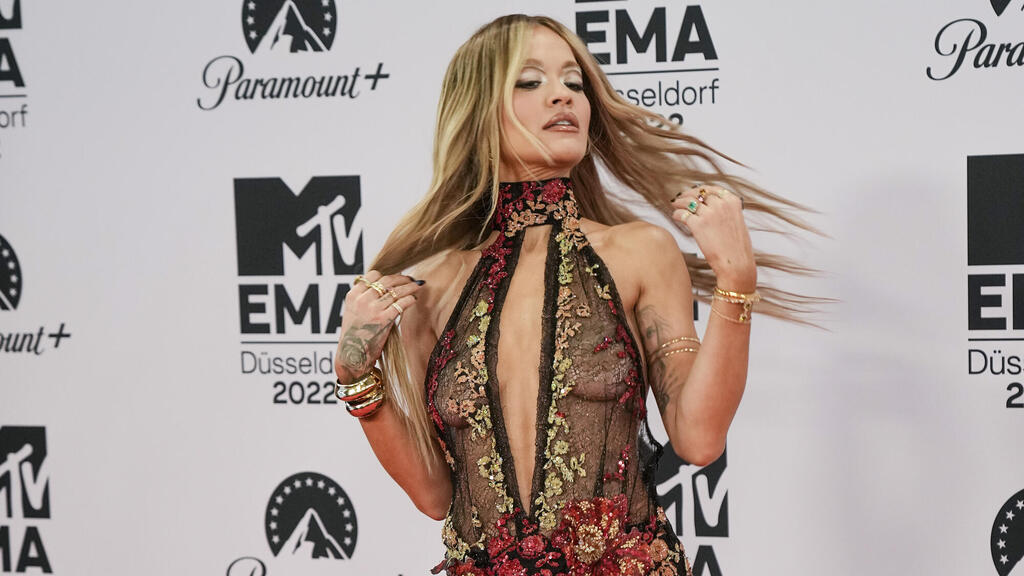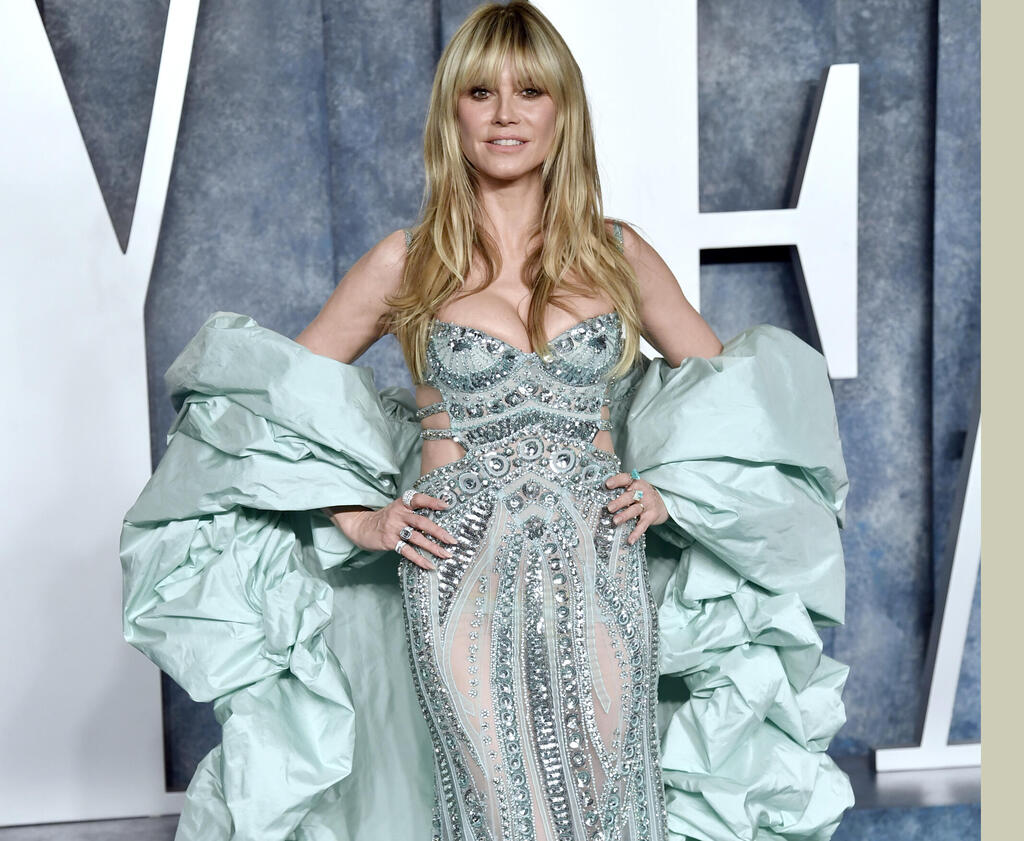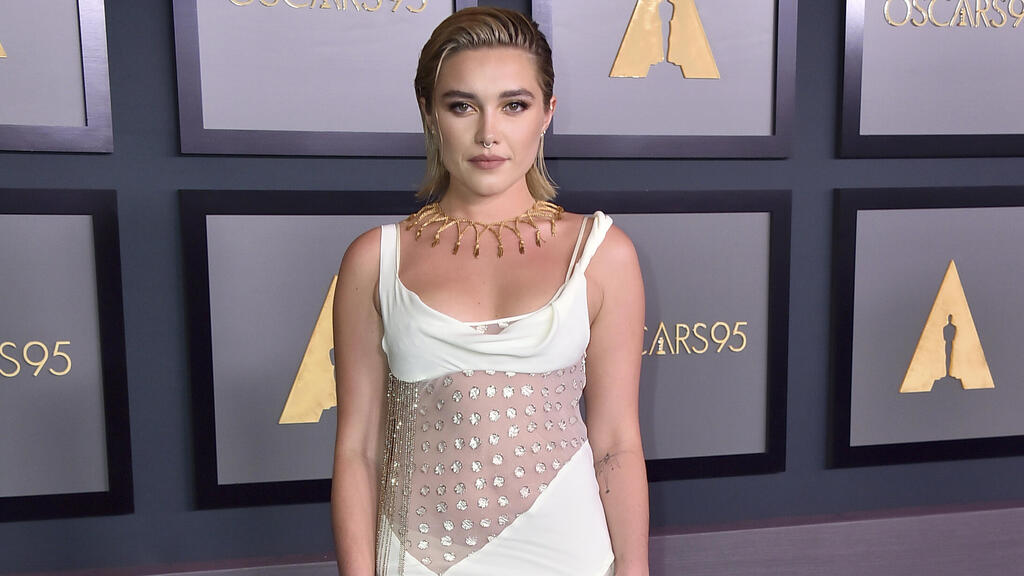Last week, star-studded couple Brooklyn Beckham and Nicola Peltz's dinner date in Beverly Hills, Los Angeles attracted even more paparazzi than usual, and we're guessing it has something to do with Peltz's outfit choice – a black bra and panties, covered by a sheer body suit. Oh, and she didn't forget to accessorize with a small black purse and black platform knee-high boots.
Read more:
Peltz, 28, is hopping on the bandwagon of this summer's trend of sheer clothing, which has already taken over red carpet dress-codes and the closets of A-list celebrities.
A few other familiar names that have sported the latest trend are Zendaya, Kim Kardashian, Florence Pugh, Irina Shayk, Rita Ora, Sydney Sweeney, and Kendall Jenner. Whether in the form of a dress, jumpsuit, or top – all the celebrities are strutting their stuff in chic transparent clothing.
Is this a fashion form of exhibitionism, or is it a sly protest against social media attempts to censor the female body?
The sheer trend was first seen on fashion runways as early as September, during New York Fashion Week. Fashion brand Tibi sent models on their way wearing dainty sheer tops with oversized jeans or underneath overalls. Designer Tory Burch presented layered skirts on the runway – a transparent maxi skirt with an opaque mini skirt on top. The sheer trend then made its way to new collections from Italian fashion house Valentino, and see-through garments were also featured in Prada's fashion show.
13 View gallery
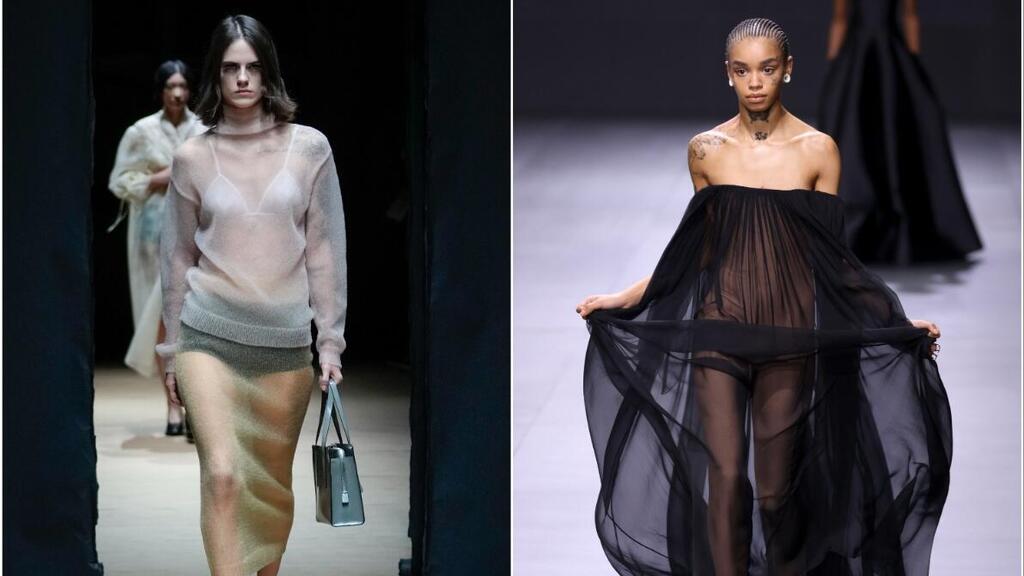

Prada, left, and Valentino featured transparent clothing in their 2023 spring-summer fashion shows
(Photo: AP Photo/Antonio Calanni, Vianney Le Caer/Invision/AP)
"Sheers will always be a bold, take-notice material; but one of the critical updates we see in Spring/Summer ‘23 is the evolution from celebrating straight-on sexiness to that of ultra-femininity,” said trend forecaster Jessica Richards in an interview with Marie Claire magazine. And we totally agree with her. It is notable that despite the revealing nature of this trend, most celebrities – as well as fashion houses – maintain a feminine look that can be perceived as sexy but not necessarily provocative.
For example, in April Kim Kardashian showed up to speak at TIME100 Summit wearing an ivory-color sheer pantsuit designed by Rick Owens. Kardashian, one of the most influential women in the fashion industry thanks to her fashion empire SKIMS, which she launched in 2019, presented a look that on one hand conveyed business – the suit, but on the other hand exhibited self-confidence.
The origins of skin exposure: From the bikini to Carrie Bradshaw
As early as the 1920s, we began to see skin-revealing attire in the fashion industry, following a decade and a half in which women's undergarments evolved from corsets to soft, body-shaping bras and dresses. This was followed by the birth of the bikini in 1946 in Paris and mini skirts in the late 1950s in London. A decade later, in the 1970s, revealing and sexy dresses made their way into fashion, largely thanks to designer Yves Saint Laurent. In 1999, Israeli fashion designer Alber Elbaz, Saint Laurent's artistic director at the time, presented a see-through black shirt that was worn without a bra underneath, projecting revolutionary strength and sensuality of women to the world.
One of the unforgettable moments in the history of the sheer trend was when Kate Moss showed up at the Elite Model Management party in 1993 wearing a metallic see-through slip dress. And then there was Carrie Bradshaw's date with Mr. Big in the first season of "Sex and the City" in 1998, wearing a tiny flesh-colored DKNY dress dubbed "the naked dress," although it was not sheer at all.
Over the years, celebrities and designers have flirted with the idea of exposing the female body while facing censorship, primarily from conservative factions and the media. Within this context, many celebrities have taken it upon themselves to be missionaries of the "FreeTheNipple" movement, which began in 2017, after Instagram censored images of women exposing nipples while allowing male nipples. Some of the most prominent advocates we've seen are Miley Cyrus, Paris Jackson, and Cara Delevingne.
Winds of change came from Meta in January, when the company's oversight board published a document stating that censorship of females' nipples on its platforms infringes upon the freedom of expression of cisgender women, transgender women and non-binary people. The oversight board recommended that the company reconsider its nudity policy so that all individuals are treated in accordance with international human rights standards, without discrimination based on sex or gender, as stated on their website. The recommendation has not been adopted yet.


